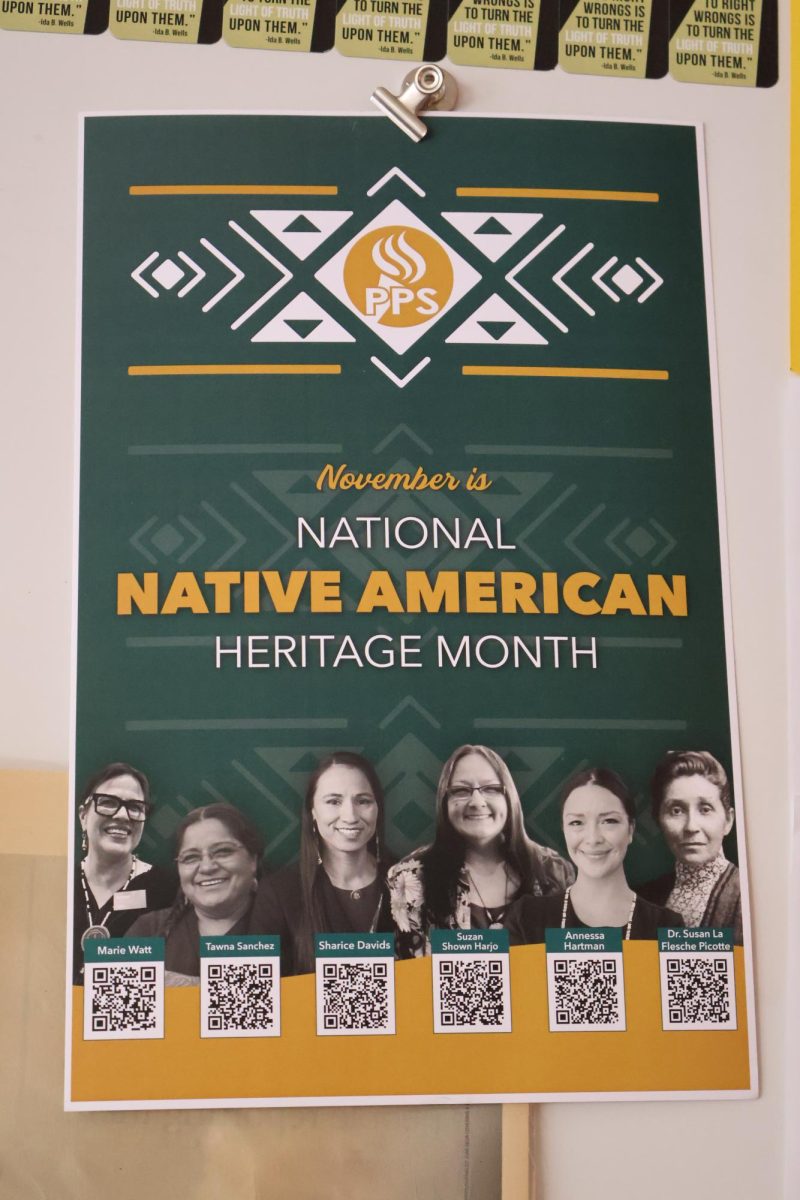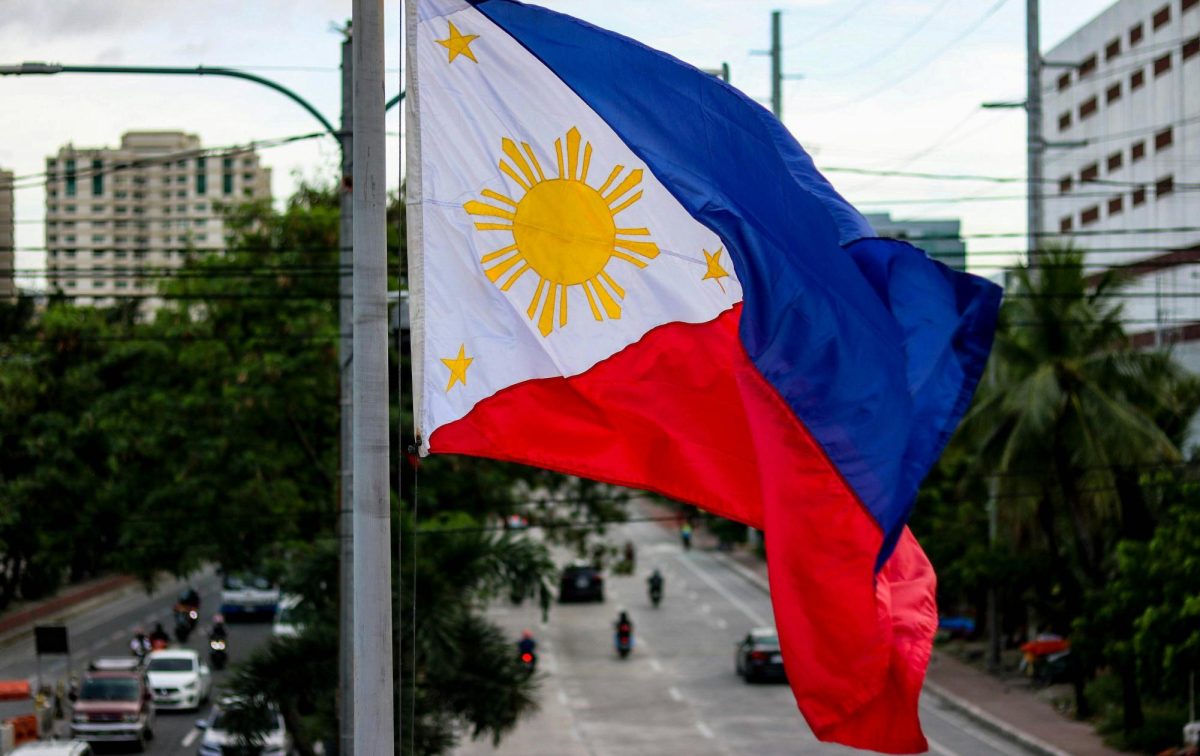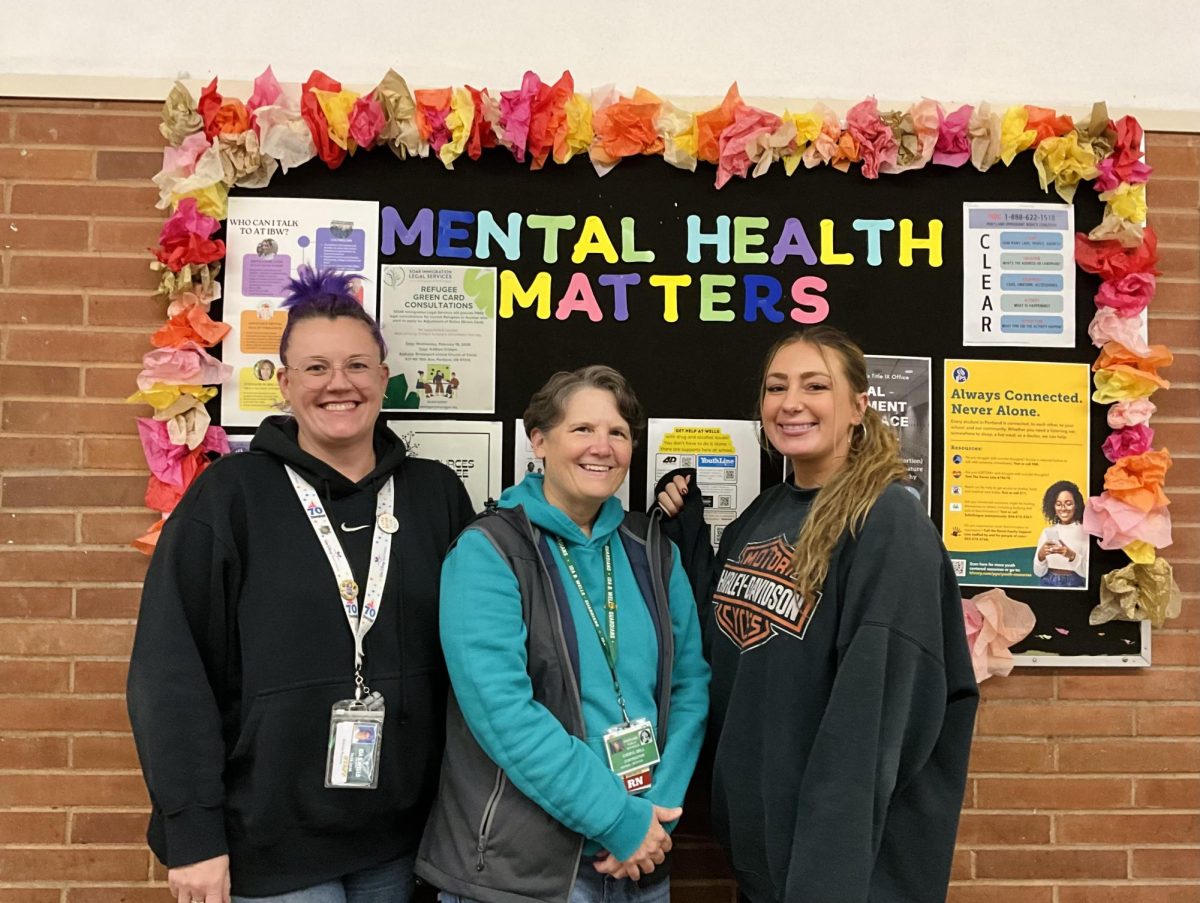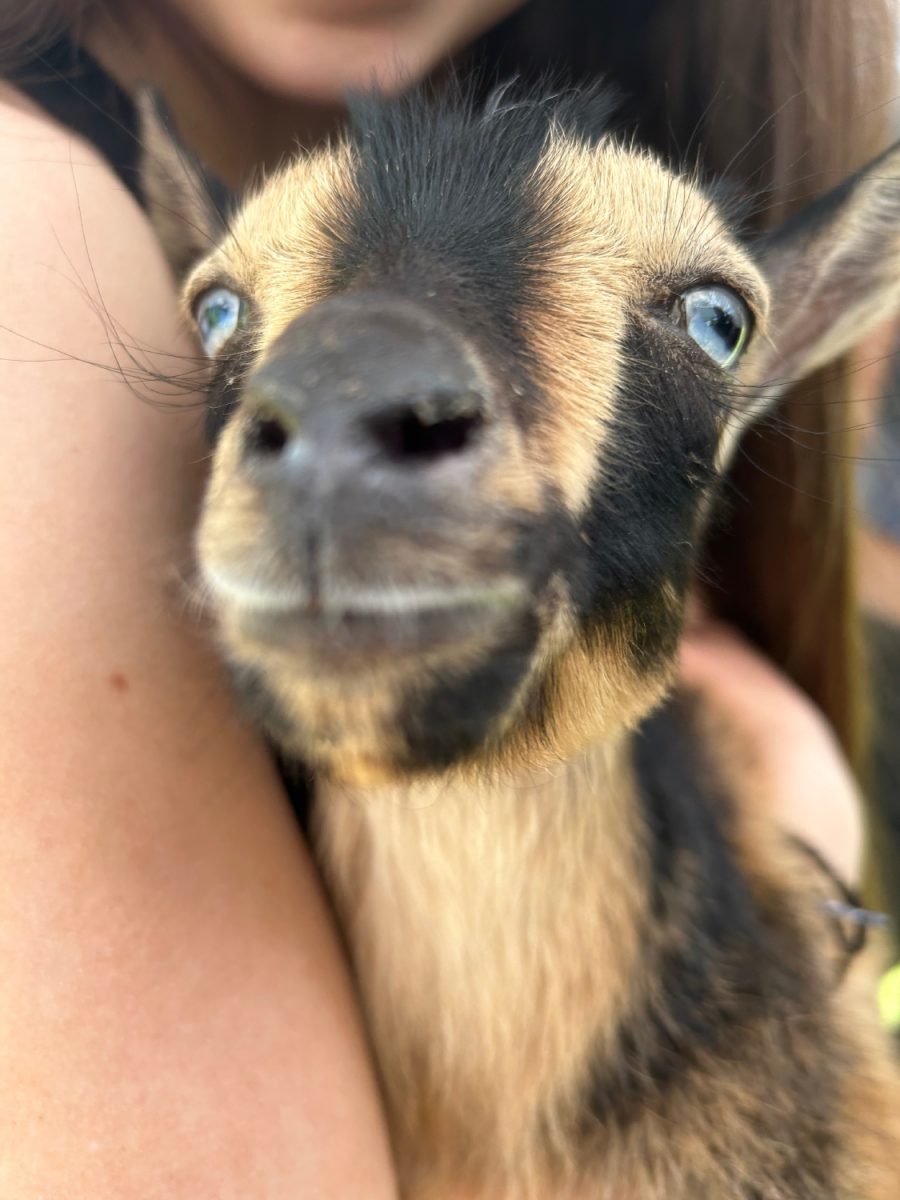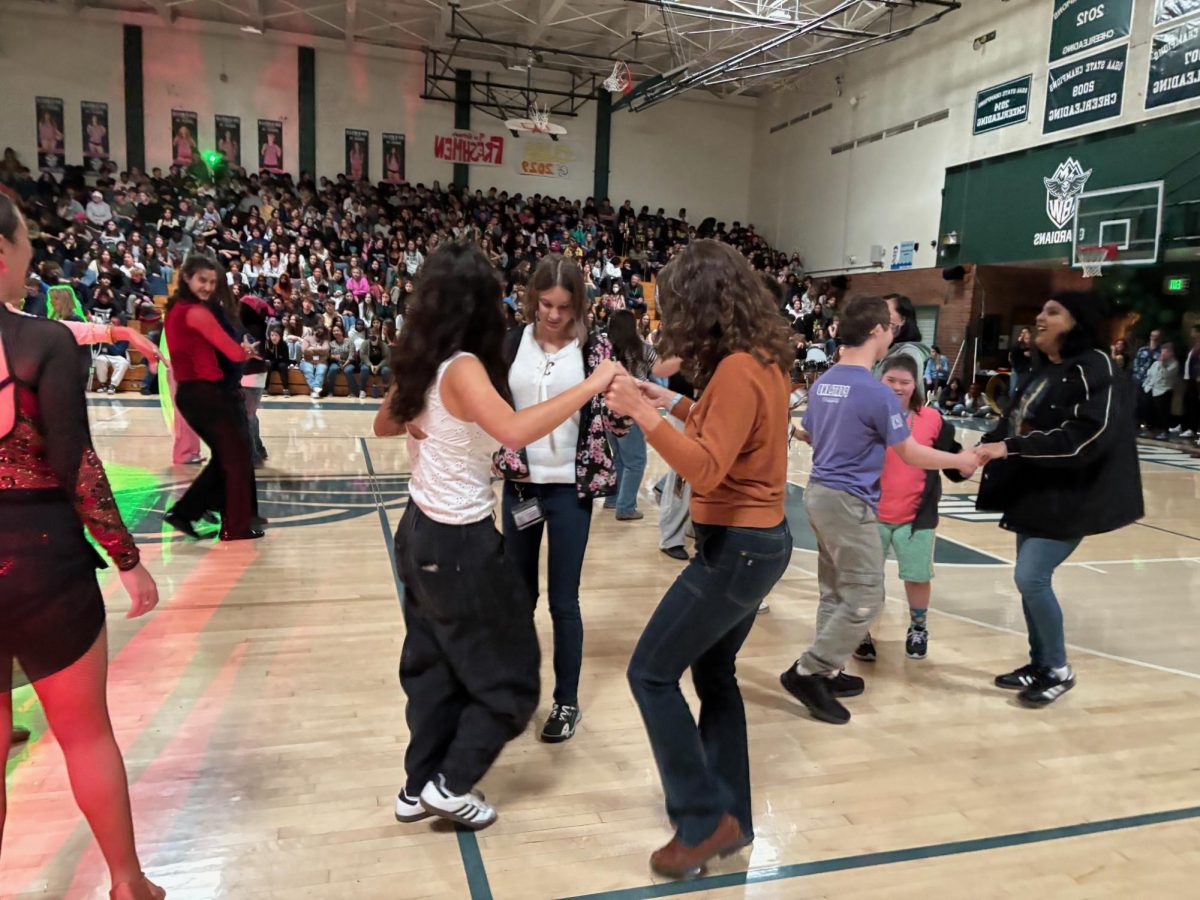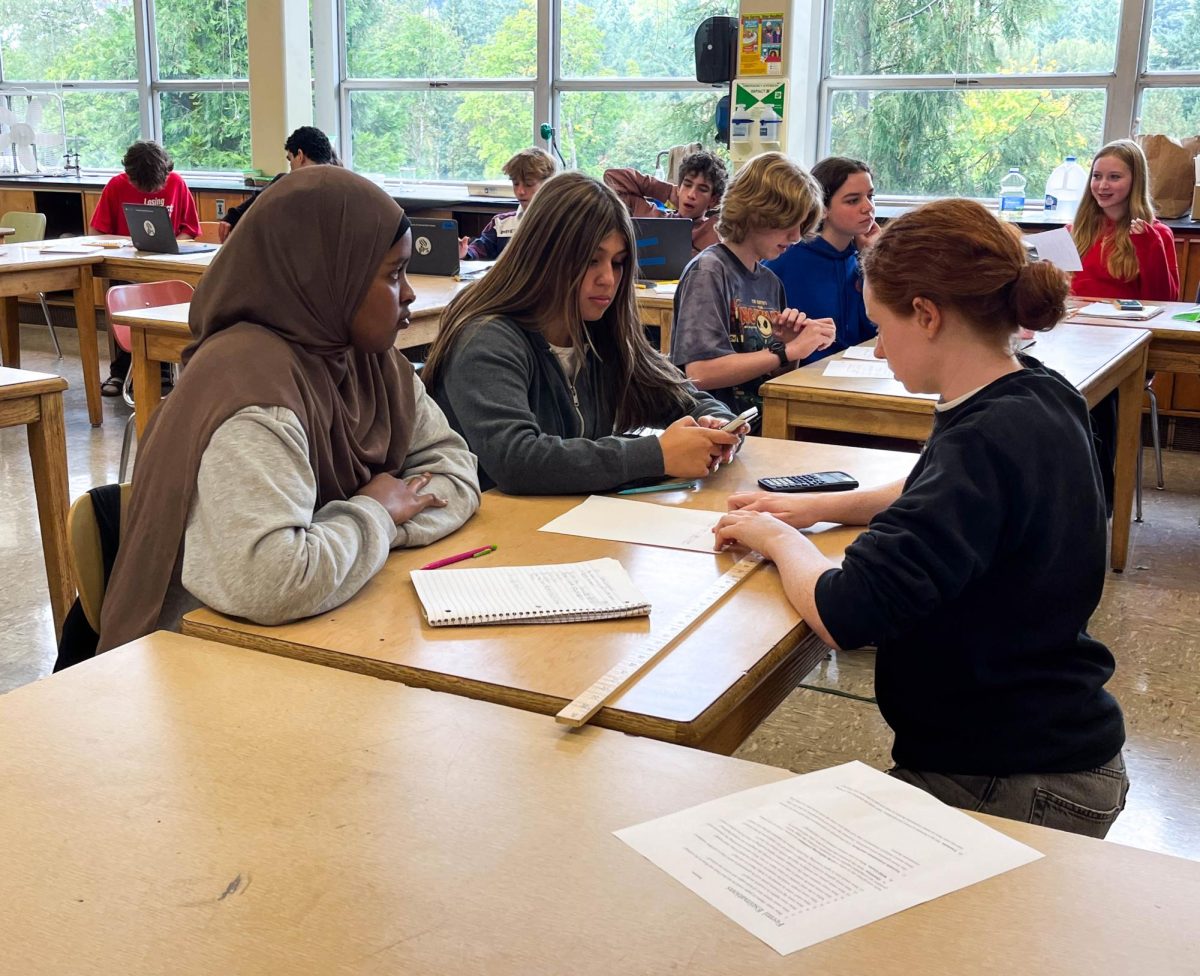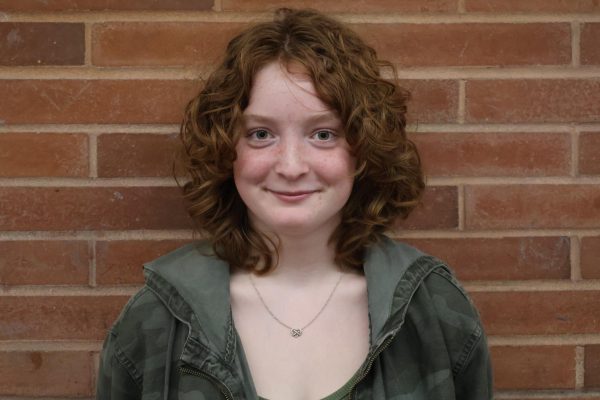Throughout history, Native people have faced struggle after struggle. Even today, they continue to do so. “Indigenous Peoples’ Month’ is a time to recognize and highlight histories that were or have been erased within the dominant culture,” says Lisa Morrell, an English teacher at Ida B. Wells who is a part of the Chetco band of the Confederated Tribes of Siletz.
Indigenous refers to anyone who’s people are from the area they originated in, it can also refer to plants and animals. Native American refers to anyone who is native to North America, meaning the U.S., Canada, Mexico and more. The two are often considered one in the same, which is why we honor them both during the same tme.
Indigenous Peoples’ Day is observed on the second Monday in October in the U.S., replacing Columbus Day. In November, the entire month is dedicated to celebrating Indigenous peoples. In Canada, Indigenous Peoples’ Month is observed in June, and Indigenous Peoples’ Day is celebrated on June 21. In addition, the International Day of the World’s Indigenous Peoples is on Aug. 9. But every month and day should celebrate all cultures and people, not just their designated recognition dates.
Christopher Columbus was a European explorer who made four voyages across the sea, landing on what is now San Salvador and the Caribbean islands. While there, he took Indigenous People to become slaves, forced them to mine for gold that didn’t exist and committed mass genocide of their people. He thought he had landed in India, naming the native peoples Indians.
Columbus went down in history as the hero he never was. Today, revisionist history has brought light to the man Columbus really was. The word “Indian” when describing an Indigenous person is no longer used, as it carries the weight of Columbus’s acts.
Despite this, it is still used in a legal sense, as it’s so deeply embedded into congressional statutes, legal definitions and governmental agencies, including an entire body of law called the “Federal Indian Law.” To counteract it, it is best to say Native American, Indigenous, or their specific tribal name.
“Indigenous people are still seen as a part of the past or are just included in the idea of the ‘melting pot,’ and racist sports mascots are still being defended,” says Morrell.
This is true, but it is getting better. As of Oregon’s 2025 legislative session, House Bill 3532 passed, giving the Oregon Geographic Names Board three years to compile a list and change every racist/derogatory-named site to names that have been agreed upon with local tribes.
Indigenous means more than being native to an area; it means to be a part of a tribe or a group of people, connected to your culture and heritage. Native Americans’ harmony with the nature of our planet makes them so unique and inspiring, not to mention their community with each other. “We have a Portland area office with classes for language and culture,” says Morrell.
Visiting places like the one mentioned above is a great way to learn more about the culture and even experience it firsthand.
Most Native Americans believe in animism, the belief that all things in nature have a spiritl, including animals, inanimate objects, and plants. They have tons of sacred rituals and ceremonies where they perform stories of their past and ancestors. They’re also the reason why we have corn.
Indigenous Peoples’ Month is important because it highlights the resilience of Native Americans, from years of cultural destruction to discrimination, violence, displacement and broken promises by European settlers and the U.S. government.
It also shows the beauty of their culture and celebrations. “It is important to celebrate because it is an opportunity to show that we’re still here, we still have our pre-invasion histories, cultural practices, and family and community dynamics and responsibilities,” says Morrell.
Schools have improved a lot over the years when it comes to including Native American history. “I have appreciated the effort to teach about local tribes. I definitely didn’t learn about that when I was in school,” says Morrell. Now, our textbooks have improved with units on people from almost all walks of life.
At IBW, efforts are being made to make sure every student feels included. One way Principal Coning has done this is by adding the flags that represent local tribes in Oregon to the third-floor hallway. Morrell says, “IBW teachers and Portland Public Schools (PPS) have definitely been working to educate students. PPS Indian Ed and Native American Youth and Family Center (NAYA) are both amazing resources. I encourage any students hoping to learn more to come to one of our Indigenous Alliance meetings on Wednesdays in room 227.”


